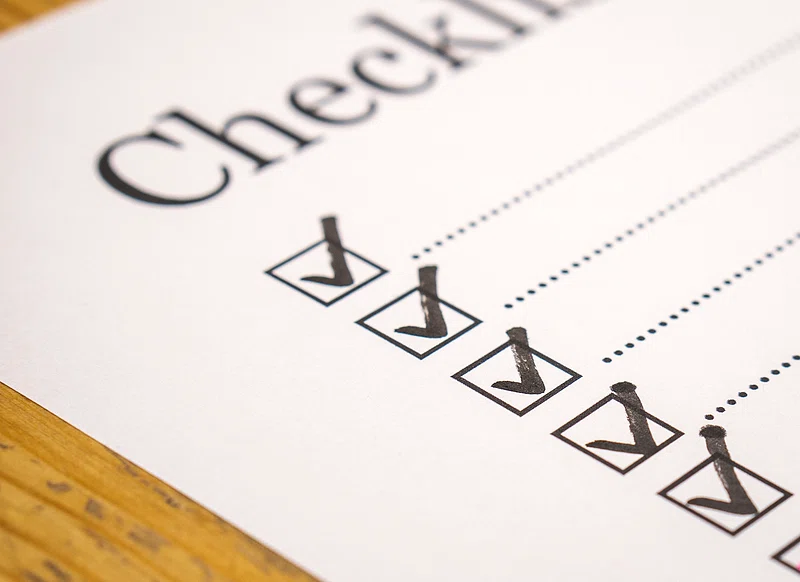Lifestyle is an extensive term that encompasses the daily pattern of living of any given person, a group of people, or a culture. It includes a set of values, practices, habits, attitudes, tastes, moral standards, economic level, interests, opinions, behaviors, behavioral orientations, etc. that together constitute the mode of living of an individual or group.
Your lifestyle is how you live, like what you eat, what you wear and where you reside. It is a reflection of who you are, how you view the world or even the value you place on things and people.
A personal life can also be described as the activities, interests and decisions made outside of your professional commitments like beyond the workplace. These may include all that you do at personal, familial, social or leisure time like hobbies, cultural interests, dressing code, friends, etc.
Factors Influencing Lifestyle
- Culture, which consists of habits, traditions, beliefs and norms of a particular society affects the choices we make in our everyday lives including what we eat and the way we live.
- Socioeconomic characteristics such as income, education and occupation influence our lifestyle patterns. They can influence your opportunity to get treatment, your schooling, how you spend your free time, where you decide to live, the quality of your housing, how you commute, and your hobbies.
- Personal preferences determine how you behave, tour attitudes and the decisions that you make in your life everyday. They reflect on what makes you happy and joyful like music, painting, physical activities, hobbies, and creative pursuits.
- Different life stages, like adolescence, youth, adulthood, middle age, and pension age, all periods have their specific needs, values, goals, and challenges. A young professional might want to advance in the career ladder and interact with peers more. In comparison, a retiree might just want to relax, travel and give back to society.
- Life events like marriage, children, jobs, and changes in health significantly redesign your lifestyle choices. For instance, once you get a job or get married and have children; you’ll have to change some of your daily habits and the decisions you’ll make to fit into the new role required by the new lifestyle.
- Technological advancements and changes in communication, work, and access to information have introduced new lifestyle choices such as remote jobs and relationships through the internet.
- Media and advertising influence the sale of specific products, services or ideas in the society. These messages shape your eating habits, your dress codes, and what you should do for entertainment.
- Health and wellness movements and trends emphasize that you should have a physically and mentally healthy lifestyle. They promote exercise, practicing mindfulness, and modifying your diet.
Current lifestyle trends
The above components interact to produce distinct lifestyles that reflect our daily decisions. Examples of these lifestyle trends include the following, among others:
1. Minimalism
This is a conscious decision of the desire for living a simplified life that best can be described by the phrase “less is more”. It motivates you to remove unnecessary possessions from your life and from your mind. You achieve this by simplifying your lives as much as possible. You clear your life of clutter and only keep what is most necessary.
It prioritizes interactions and connections as opposed to tangible objects and things. This is a rejection of materialism as a way of life. Thus, the minimalism guarantees less stress and more freedom and a better understanding of what is essential in life.
2. Sustainable living
This lifestyle choice aims at minimizing the impact of our daily activities on the environment by adopting the right practices such as proper disposal of waste, avoiding wastage of resources like water, tapping natural resources like solar energy, and supporting local and organic farming.
3. Wellness
It is an umbrella concept of a healthy way of living. It is that process of giving attention to the self or one’s well-being in physical, mental, emotional, and spiritual ways such as through practicing mindfulness, prayer, meditation, and exercising.
4. A digital detox
This is a contemporary trend that suggests a more moderate approach to the usage of digital technologies in your life. You should balance your life between your online and offline activities. This is in an effort to minimize time spent on screen, minimizing distractions, improve focus, give a break to the stressed brains and encourage engagement with other people.
5. Outdoor and adventure lifestyles
They include activities like hiking, camping, trail running, and adventure travel are beneficial. They involve physical activity and take people into nature where they can enjoy the scenic views.
How do I shape my ideal lifestyle – 13 Steps
1. Design a life map
Draft a map in which you pinpoint the things which you desire in life and how you are going to achieve them. Wire down your thoughts and ideas with a pen and paper or electronically. Define who you are, what you stand for, and what you require In your life. Then, whenever faced with a decision, you can evaluate the options in line with your values. Select the option that best enables you to work towards your priorities or elements of your life plan.
2. Your ideal life
Develop a picture of the kind of life you desire to live in the areas of your career and personal life. For example, your dream is to live in a large house with a beautiful view of the ocean. That picture will help guide your financial decisions. It’ll also guide other elements within your life plan that will make it a reality.
3. Conduct a SWOT analysis
This will help you identify your strengths, weaknesses, opportunities and threats. You will know where you are and where you’re heading. You can answer the following questions given below in detail so that you get a clearer idea of yourself.
4. List your roles
Analyse the list of your roles and arrange them according to what’s most important in your life. For example, if your family is among your top values, you may look for a job that does not take up much of your time.
5. Set ambitious goals
These goals should be for the kind of person you wish to become and the kind of life you would like to live. These are the achievements you want to accomplish over several months or years. For example, I will earn a specific annual income within the next two years.
6. Develop an action plan
Break down your large goals into small and doable activities. List all of the things you need to do to reach your goal. Give yourself a deadline to make them happen. For example, a large goal could be earning a specific annual income within the next two years. To reach your goal, train and build new skills to start your own business.
7. Establish own daily targets
Incorporate some time to work towards the achievement of your dreams. For example, listening to a podcast on entrepreneurship every night if your long-term plan is to start your own business.
8. Use checklists to track progress
List your goals and remarking them one by one once they’ve been accomplished. Also, assess the strategies you have been using to implement your goals and make changes to them if necessary.

9. Use daily affirmations by saying your goal every day to yourself.
Say it at the start of the day. It’ll help you keep your big picture in mind as you make decisions. Also, repeat it before you go to bed as you reflect on what you accomplished that day. For instance, you might start and end each day by saying, “I will work for myself in 5 years.”
10. Be disciplined in your goals.
Always focus on your long-term goal. Let’s assume you are learning through an online class to gain some knowledge to start a business. You will have to have one non-optional study hour each day as soon as you get home no matter what – meetings, dates, etc.
11. Own your life – take charge of it.
It is your responsibility to take charge of all that happens to you. Never put the blame on other people whenever something happens in your life. For instance, if you’re studying an online course, put on headphones or go to the library to study. Don’t blame your loud neighbors.
12. Get people like mentors who can shape you.
Spend time with and around other people who have found success doing what you want to do. Ask them for advice. Pay attention to their habits to see what traits they have that might help you in your own life.
13. Tune out negativity
Listen to criticism, but don’t take it too seriously. If someone challenges your choices, find out whether that person has a point. You may have to make slight changes in your plan to accommodate their feedback. However, don’t give up just because other people criticize you or tell you that you can’t do something. Remember that they are expressing their opinion and it is completely alright if it differs from yours.
Conclusion
Lifestyle is a broad term that addresses different spheres of your life such as your beliefs and opinions, behaviors and tastes, age and phase of the life cycle. Culture, socioeconomic status, personal decisions, life experiences, technology, media, and changes in health practices all have an effect on how you experience life and engage with the environment.
Trends such as minimalist living, living sustainably, pursuing wellness, avoiding screen time, and exploring the great outdoors present the progressive social attitudes and aspirations.
To develop your lifestyle, it is advisable to draw a life map, picture your future, make a SWOT analysis, set high goals, make an action plan, maintain discipline, and work towards the established goals and objectives. Find positive role models, block out negativity, ignore the critics and minor setbacks, and be accountable for the choices you make to build a viable life that enshrines your principles and goals.


